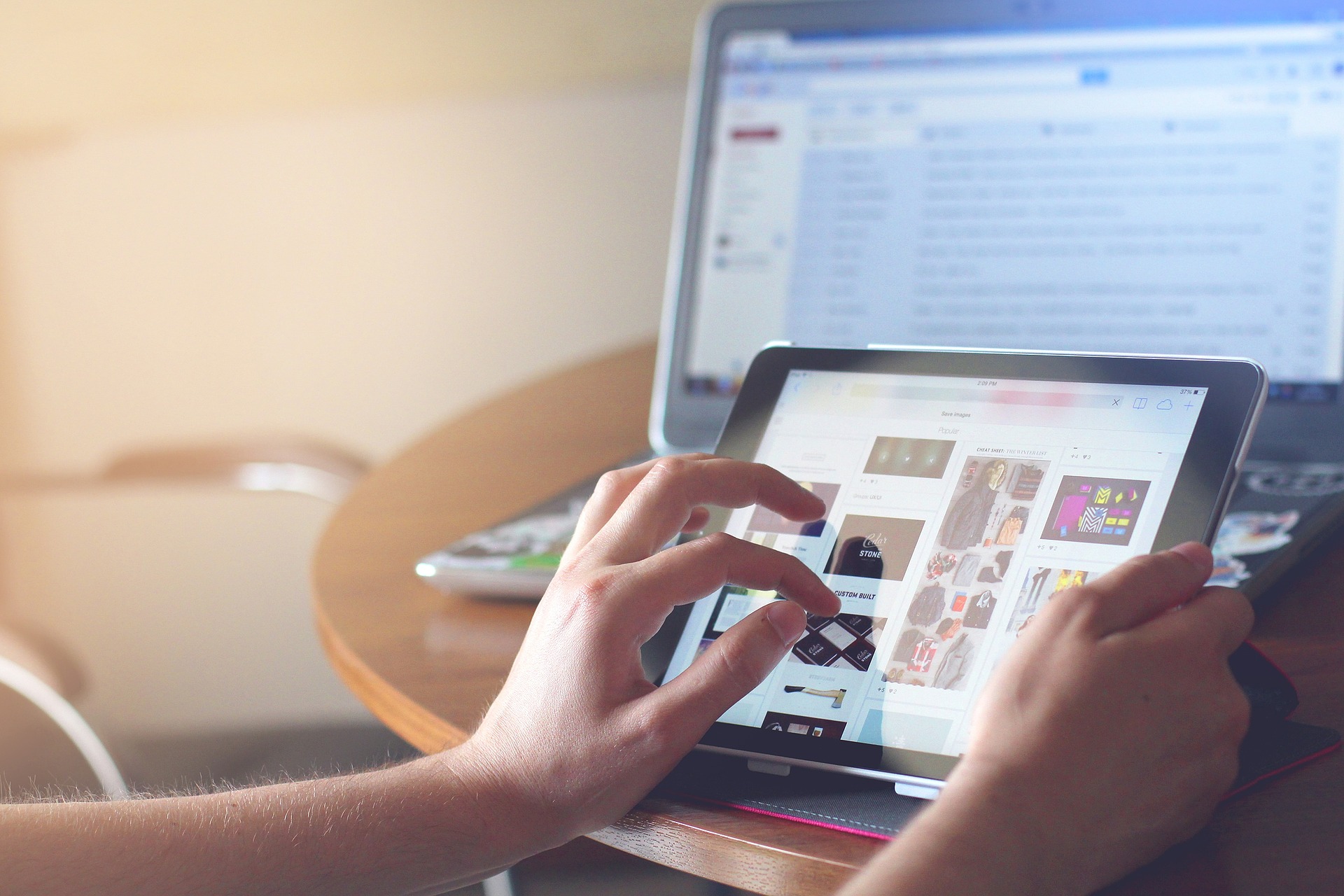#WFH: What is Unconscious Bias?
There is an insurance company in Cleveland that sent a small army of workers to a seminar to learn about managing workers in a virtual environment. The telecommuting policy was pretty simple: You can work from home two days a week as long as you live with in an 85-mile radius of corporate headquarters. Why 85 miles? It had something to do with “in case of an emergency.” When asked why, the answer was “we want to keep control.” Again, and again, I have heard that the number one reason people don’t want to embrace the virtual workplace is they fear losing control.
Carl Jung and Sigmund Freud popularized the concept of an “unconscious mind,” and ever since then people have been trying to figure it out. Terms like the unconscious, the subconscious and the implicit are used to describe a part of our mind. This is the part that carries around stereotypes, attitudes and biases that we act out and act upon but that we are not aware of with the conscious mind.
These influence our habits, perceptions, intentions and ac-tions. Often, we base our decisions on these implicit influences. And we are not even aware they exist! The analogy often associated with Freud is that the conscious mind is equivalent to the “tip of an ice-berg” and the unconscious mind, which is below the surface, is much larger and more powerful. Research attempting to map and measure how much is above the surface and how much is below the surface continues.
Over the last twenty years, neuroscience and psychology have generally accepted dual processing as the model for brain operations. Conscious thinking is deliberate, takes effort and is governed by logic and reason. Unconscious thinking (subconscious or implicit bias) is associative and relationship-based and is formed by observation and exposure. The key is that we are not necessarily aware of these concepts and they can be quite strong depending on how often, in what context and with what intensity they were formed. There are many excellent books on the subject including Daniel Kahneman’s Thinking Fast and Slow (2011) and Charles Duhigg’s The Power of Habit: Why We Do What We Do in Love and Business (2012). This under the surface part of our brain is influenced by media, upbringing, life experience and our environment. Everyone has it and everyone is influenced implicitly.
#WFH, #RemoteWorkplace, #RemoteWorker, #WorkFromHome, #BobbeGB, #BobbeBaggio, #ThePajamaEffect, #Touchpoints, #Virtual Workplace, #Virtual Worker, #PJEffect, #LinkedInNewsLive





